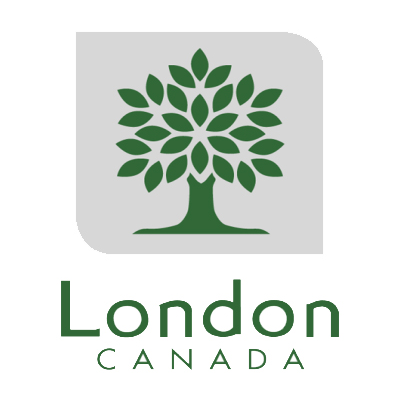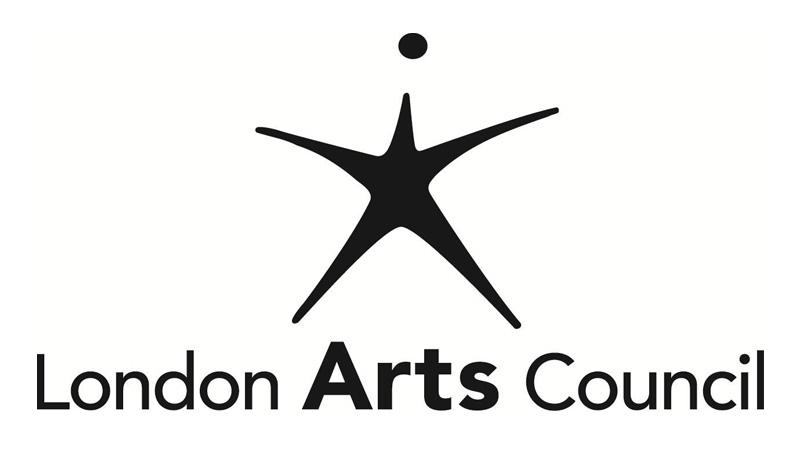Enfranchisement
Enfranchisement was a legal process used by the government to have indigenous people lose or resign their cultural identities and rights as indigenous people. Through enfranchisement, they would lose their Indian Status under the Indian Act. The term was used both for people who gave up their status by choice (which were very few), and for the women who lost status automatically upon marriage to Non-Status Indian men (much more). Both groups lost their treaty rights and statutory rights as Indigenous peoples as well as their right to live in the reserve community. The goal of enfranchisement was to erase indigenous culture permanently. 
One of the “advantages” of loss of status was the right to vote, before Indigenous people were granted the right to the federal vote in 1960. From 1857 up to the 1960s, voluntary enfranchisement was part of the foundation of Canadian Indigenous policy. Very few Aboriginal people or groups were willing to abandon their cultural and legal identities. So over time, they have been enfranchised for serving in the Canadian Armed Forces, gaining a university education and for leaving reserves for long periods of time (often for employment).
By enfranchising, a person supposedly consented to abandoning their Indigenous identity and communal society in order to assimilate with the “free” non-Aboriginal majority. A 1985 amendment to the Indian Act eliminated the discriminatory idea of enfranchisement and the government gave individual bands the right to decide their own conditions of membership.
Sources:
https://www.thecanadianencyclopedia.ca/en/article/enfranchisement

























